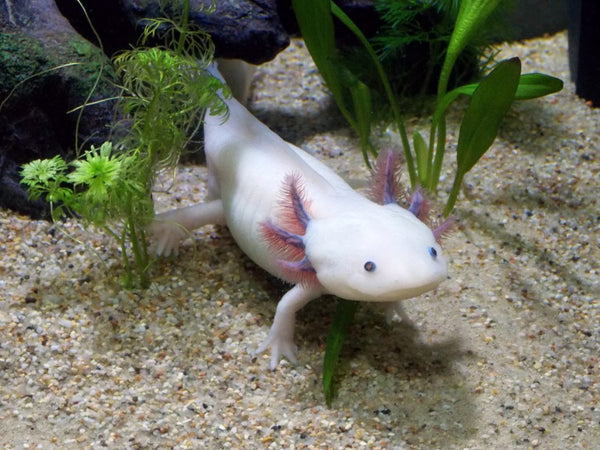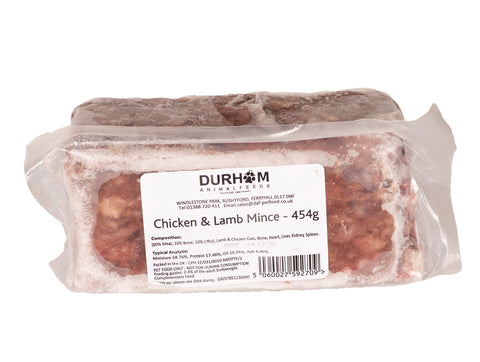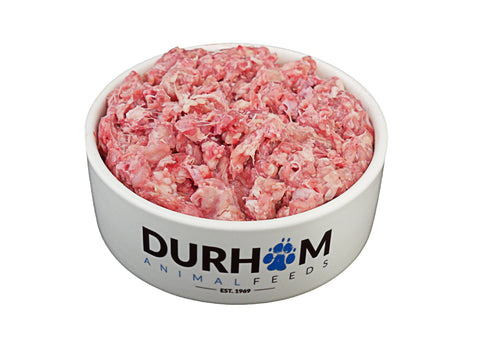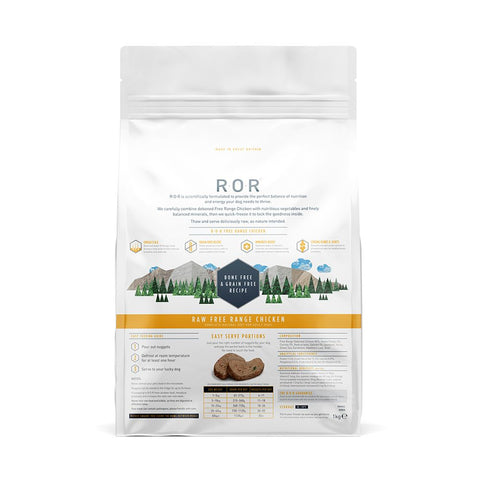Axolotl Care Sheet

Axolotl Care
Ambystoma mexicanum
The axolotl, Ambystoma mexicanum (pronounced axo-lot-ul) is a rather bizarre looking critter, with its soft body, almost fish like head and external gills. Reaching some 9-10 inches in length (up to 12 inches in exceptional circumstances) and living for up to 15 years, axolotls’ are actually neotenic salamanders. That is to say they are the larval stage of a salamander that rarely go through metamorphosis and therefore retain juvenile features, remaining purely aquatic with external gills. More bizarrely still, they are fully able to reproduce during this ‘juvenile’ phase and they rarely actually turn in to the ‘adult’ phase. The name axolotl stems from the Aztec Language of Nahuatl where it is thought to mean ‘Water Dog’, ‘Water Doll’, ‘Water Slave’ and ‘Servant of the water’.
Whilst extremely common in captivity, axolotls are unfortunately critically endangered in the wild. Naturally found in Mexico (once with a fairly expansive range). Threats include human impact (namely urbanisation taking over their natural habitat and the pollution which comes with it) and introduced species such as the African tilapia and Asian carp which not only out compete axolotls’ for their food, but they also prey upon young axolotls.
Axolotls are relatively fast growing, reaching sexual maturity in approximately 18-2 4months and as previously mentioned, despite being the larval stages of a salamander axolotls are capable of reproduction and breed readily in captivity.
Axolotls make great first time amphibians, and due to their strange appearance they make great talking points (with questions usually resembling ‘what on earth is that?’). They are very hardy and quite forgiving of the kinds of mistakes that beginners can make. Whilst axolotls are generally considered to be communal, care should be taken when housing specimens together which differ in size, cannibalism is not unheard of in this species (in fact it is quite common when large individuals are houses with youngsters).
Axolotl housing
Being the larval stages of salamanders, axolotls are entirely aquatic and therefore require an aquarium in which to live. Something which is approximately 24 x 12 inches (length x width) will house a pair, whereas a trio (or perhaps 4 at a push) can be housed in something 36 x 12 inches. A tight fitting lid is important as there are reports of axolotls trying to escape. Within the tank you’ll need about 10-12 inches of water which is heated to approximately 12-18c; axolotls like relatively cool water so you don’t need to go crazy on the heat (you may not even require a heater at all depending upon where you live). Exposure to temperatures above 23c for a long period of time can cause major problems with axolotls so care should be taken to keep an eye on the temperature during the warmer months of the year.
Axolotls need fresh, de-chlorinated water. The best bet to provide this is either use bottled water, or use water which has been left to stand for at least 24 hours before using it. The chlorine within the water should have evaporated after this point. There are two options regarding water quality, you can either do a daily partial water change (replacing approximately half of the water with fresh water) or you can introduce a gentle filter which will mean these water changes do not need to happen so frequently. It is important that you only use a gentle filter as axolotls do not like strong water flow. If you have a filter in place you can get away with only doing a partial water change once a week so it makes sense to invest in a filter for your axolotls.
A substrate of pebbles is ideal due to the fact that axolotls feed via a process of suction drawing prey in to their mouths meaning smaller substrate particles can get sucked in causing impaction. An alternative some people suggest is to use sand, the logic people use is that the particles are too small to cause impaction. Having never used sand I can’t comment however I would tread carefully. The safest substrate you can use is no substrate, however this can be a little unsightly.
Decor should be added to the set up both for aesthetic interest on the owners part but to enrich the life of the axolotls. They are quite inquisitive animals and appreciate having items they can explore and hide in. Things like bogwood, large stones, cork bark and general aquarium ‘furniture’ can be added. You should also consider moving things around from time to time to change the layout of the tank to give the axolotls something new to explore.
Axolotl Feeding
Axolotls are carnivorous and as such should be fed on a diverse diet of prey items. Foods like lean meat cut in to small chunks (offal such as heart and liver often goes down a treat, ask your local butcher), earthworms, crickets, bloodworm, daphnia, shrimps and even trout pellets can be offered. You can also offer the odd pinkie mouse which they tend to relish.
Being quite inquisitive animals, axolotls will soon take to hand feeding if you should decide to attempt it. Pinkies and pieces of offal are great for encouraging hand feeding as they are particularly relished by them.
Breeding Axolotls
As previously mentioned, axolotls thrive in captivity and they breed extremely well, producing some 200-800 spawn per breeding which are attached to objects such as plants and bits of driftwood in the aquarium. Axolotls can breed approximately every 6 months in captivity making them extremely prolific.
The breeding process is quite straightforward; once sexually mature and the conditions are right the male axolotls release a spermatophore (a packet of sperm basically) which the females then take up. A few days after this the females will spawn producing their eggs. The eggs should be removed from the adult enclosure to avoid them becoming a tasty snack for the adults.
To ‘incubate’ the eggs you will need to keep them relatively warm (17-20c) in well aerated, clean water. You will probably need a pump and air-stone or a collection of live plants in thereto allow for the proper water oxygenation required for successful hatching.
Larvae tend to hatch after 2-3 weeks and will be ready for their first meal very quickly after hatching. Offer small food items such as daphnia and bloodworm about 24 hours after they have hatched. There should be a constant supply of food, hides and space when rearing the young as they tend to be rather cannibalistic. As the larvae grow their diet can slowly start to include larger food items such as finely chopped animal offal, earthworms, etc etc.
Summary
Axolotls make fantastic first amphibians, and due to their unusual appearance they make great talking points. Easy to care for, this species requires minimal maintenance and makes a great pet for both the young and old.
Axolotl fact: Axolotls’ possess the ability to completely regrow lost limbs and other body parts such as tails and, brain and heart cells. This in combination with their hardy nature and ability to thrive in captivity has led to their routine use in scientific studies looking at limb regeneration.










